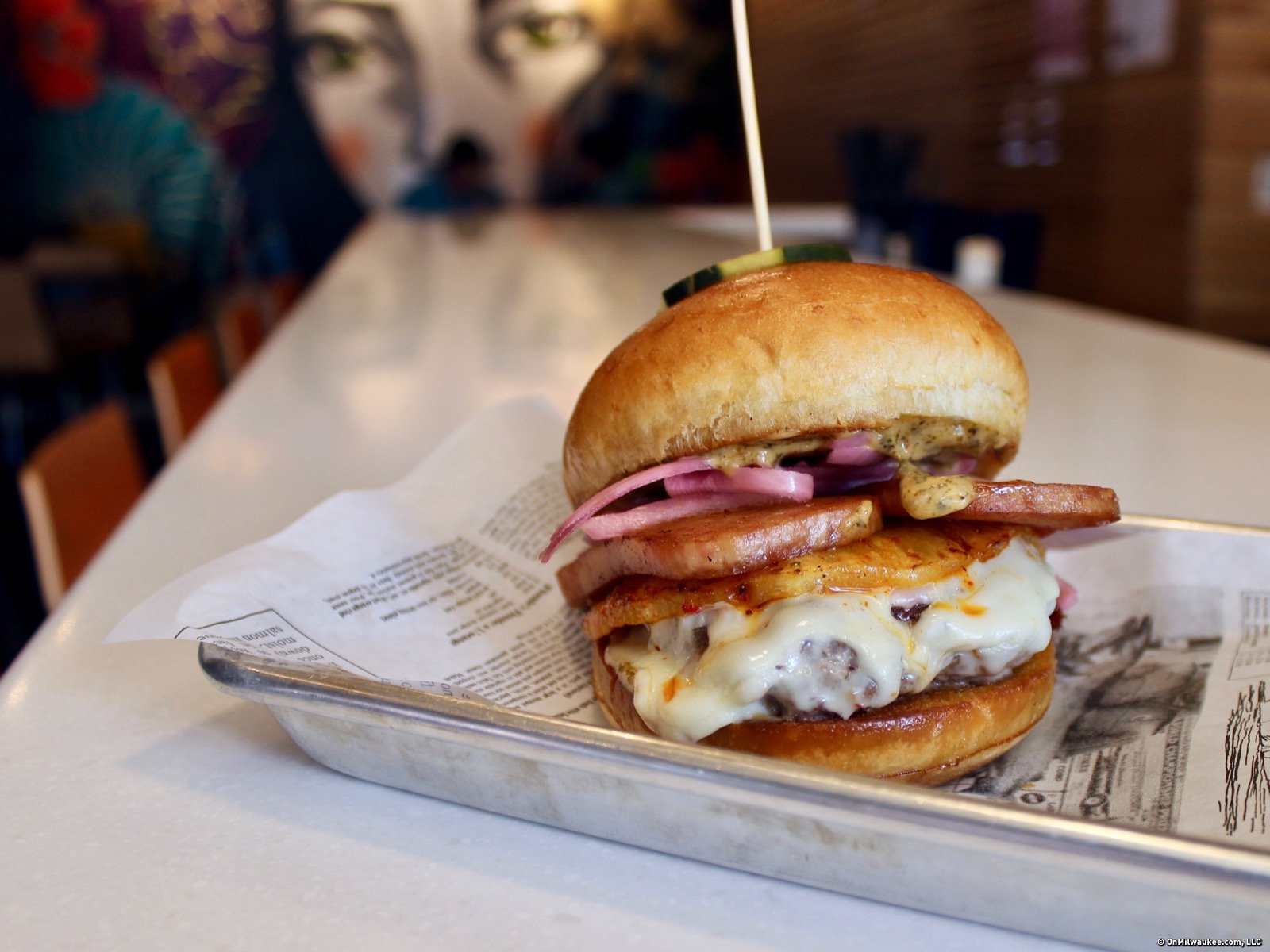For the sixth straight year, October is Dining Month on OnMilwaukee.com, presented by Concordia University. All month, we're stuffed with restaurant reviews, delectable features, chef profiles and unique articles on everything food, as well as the winners of our "Best of Dining 2012."
Maybe you've done it yourself, or have seen someone else do it in a restaurant. A look at the menu and its prices and a double-take. Maybe even a spit-take.
I've made a plate of pasta, you've thought – or you've heard someone say – and it can't possibly cost $22.
If you've never worked in a restaurant, you might be forgiven for not really understanding what goes into pricing a menu.
We asked local restaurateur Marc Bianchini, who runs COA, Indulge and Cubanitas in Milwaukee, and whose Osteria del Mondo was long one of the most respected Italian restaurants in town, to demystify the process for us.
He prefaced his remarks saying they would apply to, "a restaurant that is fair to its customers. Sadly, it's not always the case nor noticed by customers."
Bianchini selected Kobe beef as an example...
"Many times you see it priced from $35 to $95 for an 8-ounce filet," he says. "How is this possible? It's possible because some restaurants take advantage of a name, but not it's quality, which lets the restaurant get away with taking advantage of the customer."
According to Bianchini Kobe beef is rated on a scale from A1 to A5. A1, he says, is cut below a USDA Choice grade. Many restaurants, says Bianchini, charge A5 prices for A1 rated Kobe beef.
"The cost of food for many restaurants runs anywhere from 25% to 35% depending on the style of restaurant," says Bianchini. "For example, pizza runs towards 25%, but an 8-ounce filet is close to 35%.
He adds that liquor is marked up at anything from four to five times cost. Cost for beer is about 15-20% of retail, and wine runs about 30-40% of retail, which explains why that bottle of red you get at the grocery store for $9.99 is sometimes $25 on a restaurant wine list.
"But here is another spot to take advantage," says Bianchini. "Some restaurants sell wine at four times the price, regardless of the cost of the wine. That's OK to charge $20 a bottle if it's $5 cost. But for a $40 bottle, that is an outright screwing to charge $160."
So, why do restaurants mark up these products so much? Well, it's common sense, really. There's a lot more involved in getting you your meal than simply the invoice price of the ingredients.
Labor costs, says Bianchini, can run around 30-35%, including payroll taxes and benefits.
But even that is the tip of the iceberg for a restaurant owner.
"Utilities are out of control," says Bianchini. "A large location can have a $5,000- $7,000 bill. This equates to about $1.50 -$2.50 per person that walks through the door."
There's rent, too. Gotta have a place to cook and serve, right?
"This can be the make or break for a restaurant," says Bianchini. "A good deal is in the range of 6-8%, but many restaurants run higher."
Don't forget insurance. You want to be covered if that waiter spills hot soup in a hot-shot lawyer's lap.
"Insurance," sighs Bianchini. "Forget about it. I am in the wrong business (laughs). It can run from 2 to 5% of sales. There are various factors that can make it less or more but still a big expense."
And there's more ...
"Then you have office supplies, legal bills, licenses and advertising – (another) 5 to 10%." he says.
"So, cost of goods 30%, plus labor 30%, plus rent 8%, utilities 2%, insurance 3% and the extras expenses 7% – you are at 80% and you still haven't talked about the amount of money it takes to open a restaurant."
To put that expense in perspective, Bianchini says he spent $1.5 million to open Chili U, his latest restaurant in Libertyville, Ill., in July. When he says "ouch," you know he means it.
So, next time you see the "5.1" taco on the menu at COA, you'll understand.
Born in Brooklyn, N.Y., where he lived until he was 17, Bobby received his BA-Mass Communications from UWM in 1989 and has lived in Walker's Point, Bay View, Enderis Park, South Milwaukee and on the East Side.
He has published three non-fiction books in Italy – including one about an event in Milwaukee history, which was published in the U.S. in autumn 2010. Four more books, all about Milwaukee, have been published by The History Press.
With his most recent band, The Yell Leaders, Bobby released four LPs and had a songs featured in episodes of TV's "Party of Five" and "Dawson's Creek," and films in Japan, South America and the U.S. The Yell Leaders were named the best unsigned band in their region by VH-1 as part of its Rock Across America 1998 Tour. Most recently, the band contributed tracks to a UK vinyl/CD tribute to the Redskins and collaborated on a track with Italian novelist Enrico Remmert.
He's produced three installments of the "OMCD" series of local music compilations for OnMilwaukee.com and in 2007 produced a CD of Italian music and poetry.
In 2005, he was awarded the City of Asti's (Italy) Journalism Prize for his work focusing on that area. He has also won awards from the Milwaukee Press Club.
He has be heard on 88Nine Radio Milwaukee talking about his "Urban Spelunking" series of stories, in that station's most popular podcast.







